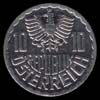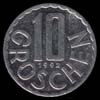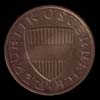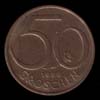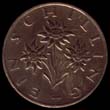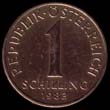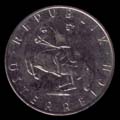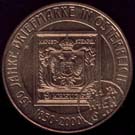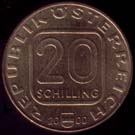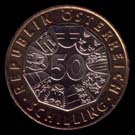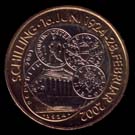Catalog of Austrian coins
The Austrian currency preceding the euro was the Austrian schilling (ATS). The name derives from the ancient German schillinc, which means small shield. It was established in 1918 at the end of World War I with the establishment of the Republic after the abdication of Charles I. The devaluation of the crown due to the difficult economic situation is one of the problems that the republic faced. In 1923-1925, a monetary reform (Schillingrechnungsgesetz) was implemented, which introduced the schilling as the national currency on January 1, 1925; the groschen was used as a subunit of the schilling, worth 1/100 of a schilling. The Austrian Republic experienced a period of severe political crisis in the late 1920s, until the annexation to the Third Reich of Austria in 1938, which resulted in the end of the minting of its own national currency. On November 30, 1945, with the reestablishment of the Republic, the schilling was reintroduced at par with the Reichsmark. In 1947 and in the 1950s, there were further monetary reforms, until 1980 when the schilling was pegged to the German mark.
Links: Austrian National Bank, Austrian Mint, Kunsthistorisches Museum
